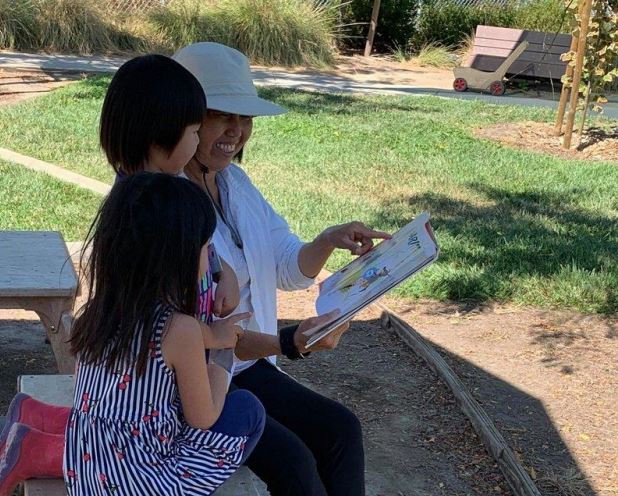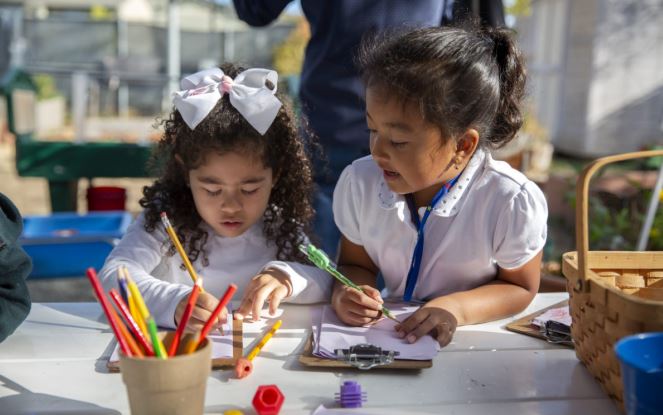Now Available: New Resource Hub Gathers Tools to Bring California’s English Learner Roadmap to Life
Sam Martin2023-04-07T09:40:07-07:00[OAKLAND, Calif. – June 26, 2020] – As California leads the way to protect our families and uphold our values in response to COVID-19, it is more important than ever for us to come together and share resources to ensure all of our students, particularly Dual Language Learners and English learners, thrive.
As California leads the way to protect our families and uphold our values in response to COVID-19, it is more important than ever for us to come together and share resources to ensure all of our students, particularly Dual Language Learners and English learners, thrive. Californians speak dozens of languages, and this diversity contributes to the best parts of our state – a vibrant culture, innovative spirit and strong economy. The same is true in our schools, where 1 in 5 public school students is learning English in addition to the language(s) they speak at home. Everyone involved in our schools has a role to play to ensure equity of access and achievement for our Dual Language Learners and English learners. Fortunately, California’s English Learner Roadmap (EL Roadmap) provides a clear path to make this happen.
Leading advocates have come together to advance the EL Roadmap’s vision of honoring equity, ensuring meaningful access and embracing the diversity that makes our state great. This week, seven organizations committed to advancing equity in education have launched the English Learner Roadmap Resource Hub to translate vision to action across California. The new Resource Hub gathers resources from across the field to help key audiences – including families, educators, administrators, teacher educators and policymakers – work toward effective implementation of the EL Roadmap.
Leveraging the strongest thinking and tools, we will create a future where all Californian students will receive equitable opportunities starting from early childhood. Visit www.elroadmap.org to learn more and find the latest resources from leading organizations across the field. Please contact info@elroadmap.org to submit additional materials to the Resource Hub for consideration.
SEAL (Sobrato Early Academic Language) is a research-based English learner and bilingual education model. SEAL has been working with educators and school leaders from more than 100 elementary schools and 130 preschool classrooms in California for 12 years.





